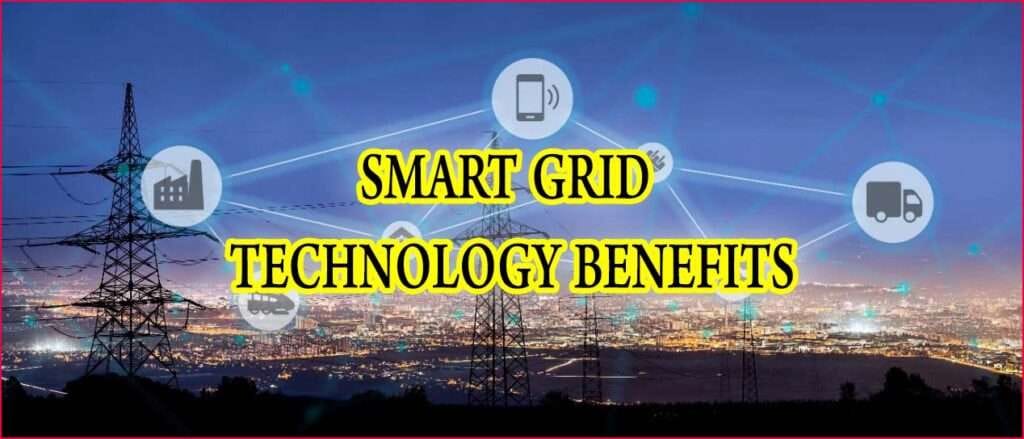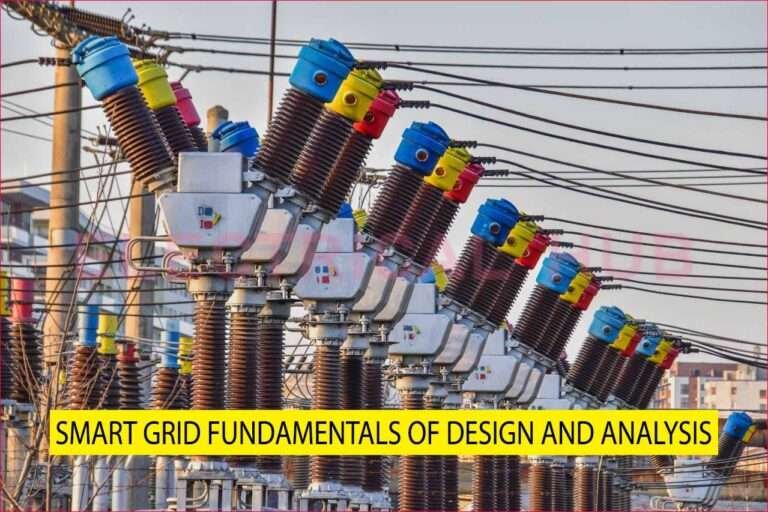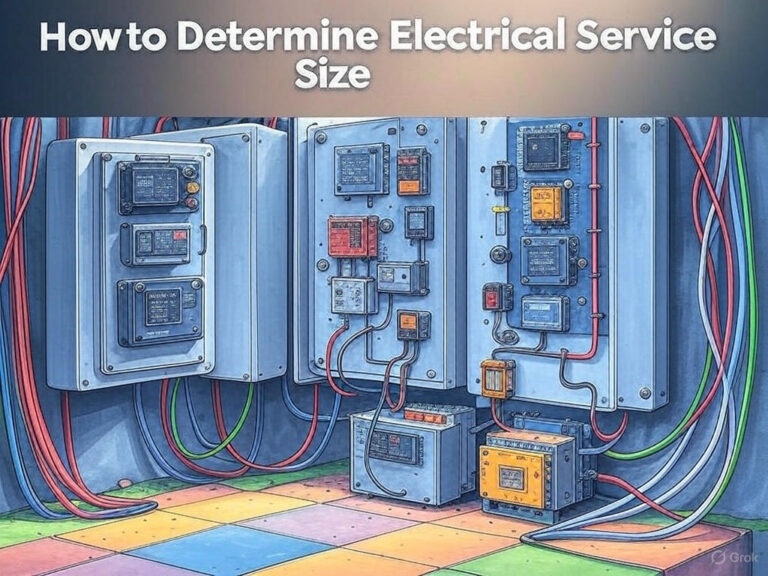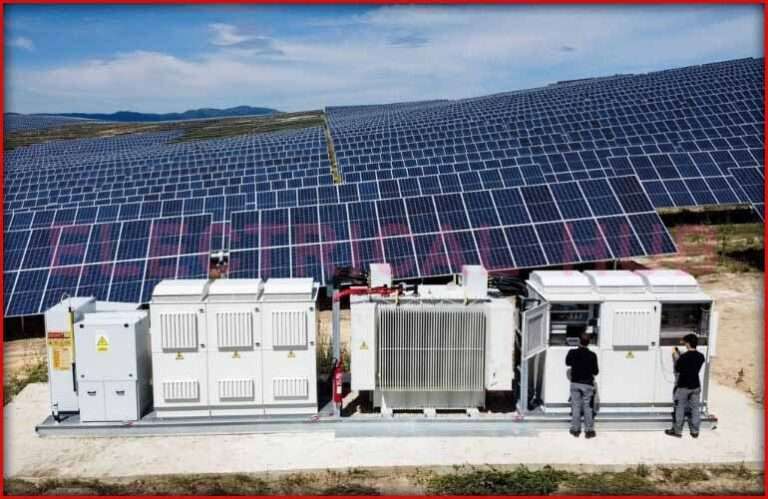Smart Grid Technology Benefits: A Future-Ready Power Revolution (2025 Update)
In recent years, the global energy landscape has experienced a significant shift. One of the most groundbreaking innovations transforming how we generate, distribute, and use electricity is the smart grid. This article explores smart grid technology benefits in-depth, offering insights into why it matters for both consumers and energy providers.

What Are Smart Grid Technology Benefits?
The term “smart grid” refers to an upgraded electricity network. It uses digital communication, sensors, automation, and data analytics to manage power more efficiently. But beyond the technology, it’s the benefits that make this innovation so impactful.
The smart grid technology benefits extend to every part of the energy ecosystem. From environmental gains to cost savings and better reliability, the smart grid is designed to meet the challenges of the modern energy era.
Improved Energy Efficiency
One of the most widely acknowledged smart grid technology benefits is enhanced energy efficiency. Traditional grids often waste energy due to poor demand forecasting and outdated infrastructure.
Smart grids solve this by using real-time data. Utilities can monitor energy flows, reduce losses, and balance supply with demand. Consumers also gain more control, adjusting their usage to save money and reduce waste.
Enhanced Reliability and Fewer Outages
Power outages are costly and disruptive. With smart grid systems in place, utilities can detect issues before they escalate. Sensors and automated switches reroute electricity around problem areas. This leads to faster recovery times and fewer blackouts.
This aspect of smart grid technology benefits is critical for industries and hospitals that rely on uninterrupted power.
Cost Savings for Consumers and Providers
Another core element of smart grid technology benefits is the financial advantage. For consumers, smart meters offer real-time energy usage data. This transparency encourages energy-saving behavior. Many smart grid pilot programs have shown up to 10% energy bill reductions.
Utilities also benefit. Maintenance costs drop, operational efficiency rises, and energy theft becomes easier to detect.
Environmental Benefits and Integration with Renewables
A major concern today is environmental sustainability. One of the lesser-known but powerful smart grid technology benefits is how it supports cleaner energy. It seamlessly integrates smart grid technology and renewable energy sources like solar and wind.
By enabling two-way energy flows, smart grids allow households and businesses to become “prosumers” — producing and sharing energy. This flexibility reduces our carbon footprint and reliance on fossil fuels.
Smart Grid Functions Supporting Modern Infrastructure
The modern grid must do more than deliver power. It must respond to demands, predict issues, and adapt in real time. Key smart grid functions include:
- Automated outage detection
- Load balancing
- Voltage control
- Integration with smart homes and IoT devices
These capabilities make the smart grid a backbone for future cities and industries.
Role of IoT in Smart Grid Technology
The Internet of Things (IoT) plays a major role in expanding the smart grid technology benefits. Smart Grid Technology in IoT enables devices like smart thermostats, EV chargers, and home energy hubs to communicate with the grid.
This communication optimizes when and how devices use electricity. For example, EV chargers can automatically draw power during off-peak hours, reducing strain on the grid while saving the user money.
Energy Management System in Smart Grid
A smart grid is not complete without a robust energy management system (EMS). These systems track usage patterns and suggest adjustments. Businesses can shift high-energy processes to low-cost times. Homes can automate lighting and heating schedules.
An Energy Management System in Smart Grid provides the tools to achieve more with less — greater efficiency, better savings, and lower environmental impact.
Security and Trust in the Smart Grid
With digital tools comes the need for cybersecurity. One often overlooked aspect of smart grid technology benefits is the ability to build a more secure and trusted energy system. Encryption, authentication protocols, and intrusion detection systems are embedded into smart grid architecture.
As users share more energy data, trust becomes critical. The smart grid is designed to meet this demand while maintaining transparency and safety.
Scalability and Future-Proofing Infrastructure
Smart grid technology is scalable. It can start small — like smart meters in homes — and expand to cover entire cities or regions. This flexibility is one of the major smart grid technology benefits that ensures the system is future-ready.
As energy needs grow and more people turn to electric vehicles or rooftop solar panels, the smart grid will evolve with them. It supports innovation without requiring a complete overhaul every few years.
Smart Grid Technology Courses and Education
Understanding smart grid systems is vital for energy professionals. More universities and institutions now offer Smart Grid Technology Courses to prepare engineers, data scientists, and policymakers. These programs teach how to design, implement, and optimize smart grid technologies — helping to grow the talent pool needed to power the future.
These courses are also a gateway to career opportunities in sustainable energy and digital infrastructure.
Why the Shift Toward Smart Grids Is Inevitable
The challenges of climate change, urbanization, and aging infrastructure make smart grids not just a luxury, but a necessity. The global shift toward smart grid technology and renewable energy is already underway. Countries around the world are investing billions into smart infrastructure.
The benefits — economic, environmental, and operational — are too compelling to ignore. Governments, utilities, and consumers alike are embracing the transformation.
Conclusion: Embracing Smart Grid Technology Benefits for a Better Tomorrow
The energy grid of the future is already here, and it’s smart. With the power to reduce costs, increase reliability, support green energy, and empower consumers, the list of smart grid technology benefits continues to grow.
By investing in this innovation — through adoption, education, and policy — we take a giant leap toward a cleaner, more efficient, and resilient energy future. Whether you’re a homeowner, utility manager, or tech enthusiast, the smart grid offers real, tangible value.
As the world leans into digital transformation, the smart grid stands as a beacon of what’s possible when technology meets sustainability. And it’s only just beginning.
Follow Us on Social:
Subscribe our Newsletter on Electrical Insights to get the latest updates in Electrical Engineering.
#SmartGrid, #SmartGridTechnology, #RenewableEnergy, #IoT, #EnergyEfficiency, #SustainableEnergy, #GridModernization, #SmartGridBenefits, #CleanEnergy, #EnergyManagement, #PowerGrid, #SmartEnergy, #GreenTech, #EnergyInnovation, #SmartInfrastructure





